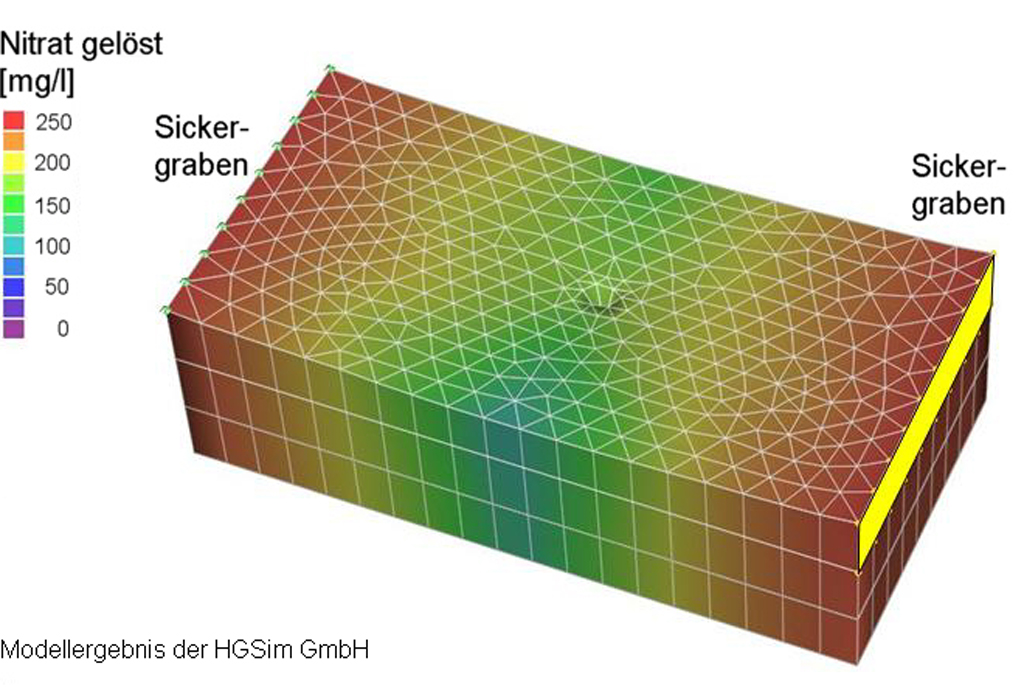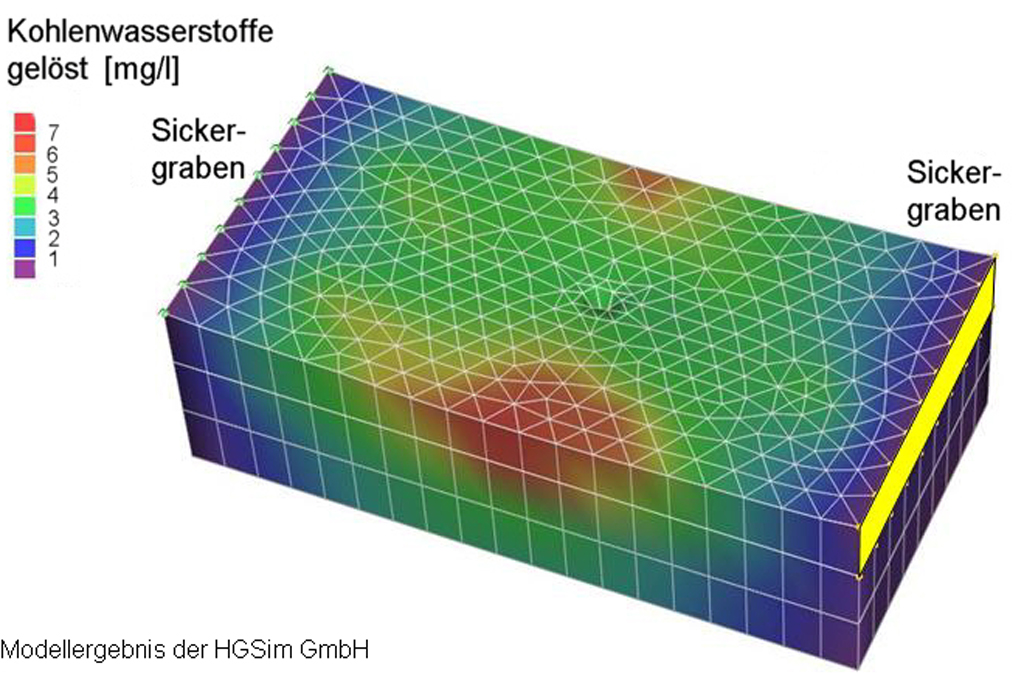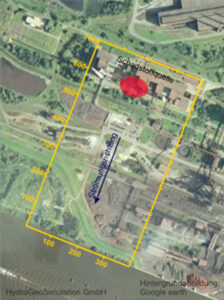Numerous technologies enable very effective ways to protect water. Today, there are also innovative ways to clean up groundwater.
Solutions also for industrial and commercial sites.
Pollutants from industry endanger groundwater, be it old industrial wastelands, petroleum industry plants, laundries or steelworks. Pollutants such as CHCs, PAHs, BTEX or heavy metals enter the subsoil and thus also the groundwater. From there, they can spread quickly. It is therefore necessary to contain contamination as quickly as possible. Geobality is grateful to be able to offer efficient solutions as a partner to municipalities, industry and commerce.
Out of the Box. Standard solutions do not help. That is why each site requires an individual remediation concept.
In addition to eliminating the source of the pollutant using biological and green processes, our methods include "pump & tread" procedures or reaction and retaining walls. Of course, our approach is green here too.
Examples from practice
DEAKTIVIERT
Your content goes here. Edit or remove this text inline or in the module Content settings. You can also style every aspect of this content in the module Design settings and even apply custom CSS to this text in the module Advanced settings.
In-Situ Remediation of Petroleum Hydrocarbons (PCOs)
Mineral oil hydrocarbons (MPH) have seeped into the subsoil of a refinery. The oil phase is at the water table and in the capillary fringe. Biological in situ remediation is recommended for decontamination. Water should be flushed into the contaminated area. Nitrate is added to force microbial degradation of the contaminants in the aquifer. An extraction well in the middle of the area transports the nitrate into the aquifer and extracts the contaminated water.

The microbacterial processes at the site were simulated with the help of a numerical model from HGSim GmbH. The model depicts the infiltration trenches on the right and left, as well as the sinkhole caused by the extraction well. Despite slight heterogeneity of the subsurface, the nitrate-enriched water flows uniformly through the aquifer. Nitrate concentrations decrease starting from the percolation ditches as pollutants are degraded. However, there is always sufficient nitrate for microbial degradation throughout the area.

The pollutant-free water added to the infiltration trenches slowly becomes charged with pollutants on its flow path. To the north and south of the extraction well, the dissolved pollutant concentrations are highest, as low velocity backwater points form there.
Over time, the site has thus been remediated.
Interception well
At an industrial site, contaminants have entered the groundwater and have moved with the natural groundwater flow towards the river over the last 6 years. If the contamination reaches the river, the pollutant can spread very quickly from there.

Data was collected at the site to determine the status quo. With this data, a model was set up by HGSim GmbH to determine how much time is available for a measure and which is the most suitable safeguards measure.

The predicted distribution of substances resulted in a response time of 4 years. Therefore, an interception well was chosen as the safeguard measure.

The construction of the interception well showed that the contaminant plume did not spread any further and contamination of the previously unaffected groundwater practically ceased.
Landfilling of organic soils on an old landfill site
As part of a construction project, considerable amounts of organic soils had to be replaced and deposited in a landfill. As the organic soils were removed from their natural environment during excavation, it was to be assumed that chemical reactions would lead to the release of sulphate and heavy metals. This could have led to a potential hazard from rainfall during the installation phase at the waste site in question. The percolating rainwater could have transported the pollutants as a load into the aquifer.
To solve the problem, soil material was taken to an experimental laboratory (Sensatec GmbH). Several infiltration experiments were carried out with the material. The first experiment served to find out which water parameters change in the system. With the help of a numerical 1D reactive transport model (HGSim GmbH), the system was described and it was virtually tested which substances had to be added to the system in order to stabilise the chemical system in such a way that no more pollutants were imitated.
It turned out that the system-dominating parameter was the pH value. To stabilise it, lime could be mixed in with the organic soils. The required lime was already present in the old landfill. This successfully prevented pollutants from entering the groundwater. The most cost-effective and effective approach could be recommended to the client.


